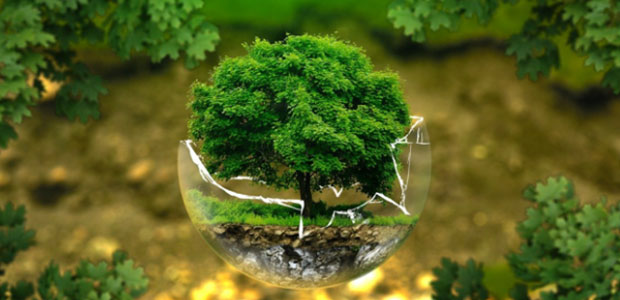Researchers have found that plastics are wherever in the sea, in our streams, and in the air. The littlest pieces blow around on the breeze and consistently it collects. Over the long haul there is a greater amount of it around in light of the fact that plastic isn’t normal it doesn’t decay away.
The size of this plastic contamination goes from minutely little pieces to entire plastic packs, and straight up the scale to gigantic fishing boat fishing nets. Everything jeopardizes all natural life. It is especially hurtful to marine life, in light of the fact that ingesting this little flotsam and jetsam is adverse for their wellbeing.
Be that as it may, it doesn’t end there. The effect on human soundness of the littlest sizes of these plastics in our bodies is the most unsettling. It might cause malignant growth and has been displayed to disturb significant cell films. Best case scenario, in all animals, it will in general stick around and disrupt everything, and that can’t be great.
What are Microplastics?
Microplastics are the small plastic particles (less the 5mm in size) what sever when plastic is genuinely harmed or is oxidized.
These particles are little to such an extent that large numbers of them shouldn’t be visible without a magnifying instrument. Yet, they’re moved around in our waterways and sea flows moving enormous distances in worldwide dissemination designs, rather like confetti.
It’s as of late that researchers have started searching for “problem areas” where these particles amass. The reason for such examinations is to accumulate information on the amount and potential risks which exist from these little bits of garbage. Be that as it may, numerous issues are as of now known.
Where could Microplastics be?
Microplastics are all over. They get into our bodies in our food. For instance, they can enter through the nostrils of livestock from the tire dust brushing goes romping.
And, surprisingly, our water supplies are impacted when they get into streams which are utilized to supply our faucet water.
Hence, numerous researchers are attempting to restrict the utilization of plastics.
Microplastics in Food
Microplastics are tracked down in food. A new report in Australia found that individuals ingested as much as twenty grams of microplastics every week. Likewise, customers in different nations might be consuming as much as four pounds of microplastics consistently. A few wellsprings of plastics are probably going to hold onto poisonous synthetics destructive to people, while others are not.
The Justification for Concern
“How could pieces of plastic hurt anybody”, you could inquire. All things considered, plastic is most likely produced using long-chain polymers of carbon and hydrogen? Those two components are the absolute most normal on the planet.
Nonetheless, the worry doesn’t come from plastic tar when it is unadulterated. A few types of plastic are utilized in their unadulterated structure with nothing added. Other plastic polymers would be excessively fragile without the expansion of plasticizers. Building substances are additionally added makers to diminish the expense of plastic materials also.
What Compound Added substances are in Plastic?
Plastic makers only from time to time spread the word what added plasticisers their items contain. They say such data is a business mysterious. No data is promptly accessible on any tests they do to check how safe their added substances are to human wellbeing and the environment.
The Hazard No one Saw Coming
As of recently, this was viewed as totally satisfactory. Who might attempt to eat plastic products in any case, not to mention plastic things not intended to go even close to food?
In any case, they never thought ahead to predict the sheer volume of plastic and how much plastic litter would get into the environment. Nor inhabited acknowledge how, with it being so near the thickness of water would imply that it would float around for such a long time. Or on the other hand the way that it would separate and a great many smidgens would clean up focusing it again on sea shores.
Moves You Can Make to Diminish Microplastics in Your Eating regimen
Try not to Place Plastic Compartments in the Dishwasher
The American Foundation of Pediatrics suggests trying not to warm plastic in that frame of mind, since some intensity treated plastic can filter synthetic substances. Consequently, keeping away from the utilization of plastics in the dishwasher is significant. Eventually, restricting the utilization of a wide range of plastic is significant.
Try not to Purchase Items that Contain Microbeads
Assuming you purchase items that contain microbeads (where these poor person previously been restricted), you may not understand the pessimistic impact. Some say that they cause your restroom to feel a great deal grainy. You may unintentionally be ingesting some at whatever point you utilize the item.
The World Wellbeing Association’s report on this issue called for more examination. Also, in the mean time it encouraged states to boycott the creation and utilization of microplastics 2025.
In this way, from here onward try not to purchase beauty care products and different items which contain microbead microplastics like a few toothpastes, and some fragrance items.




